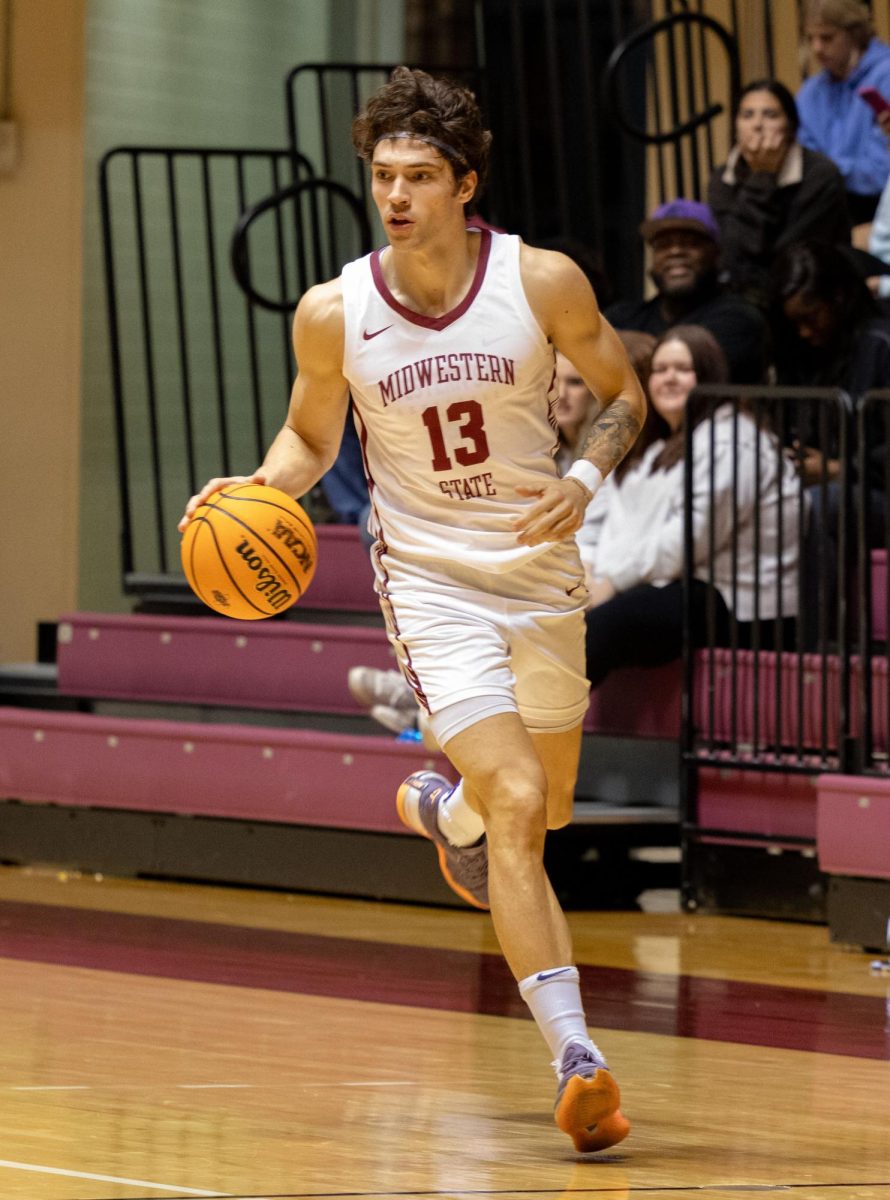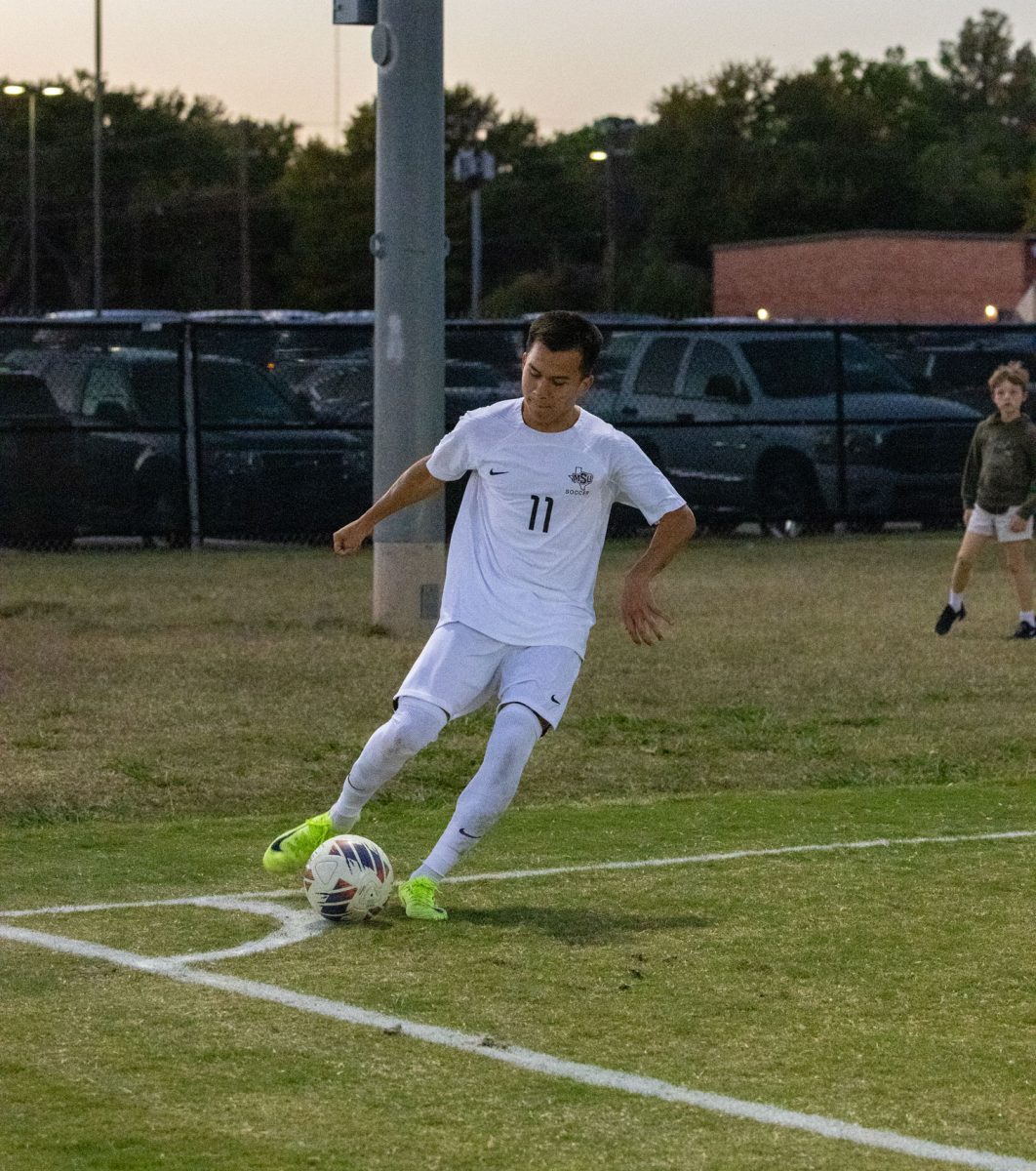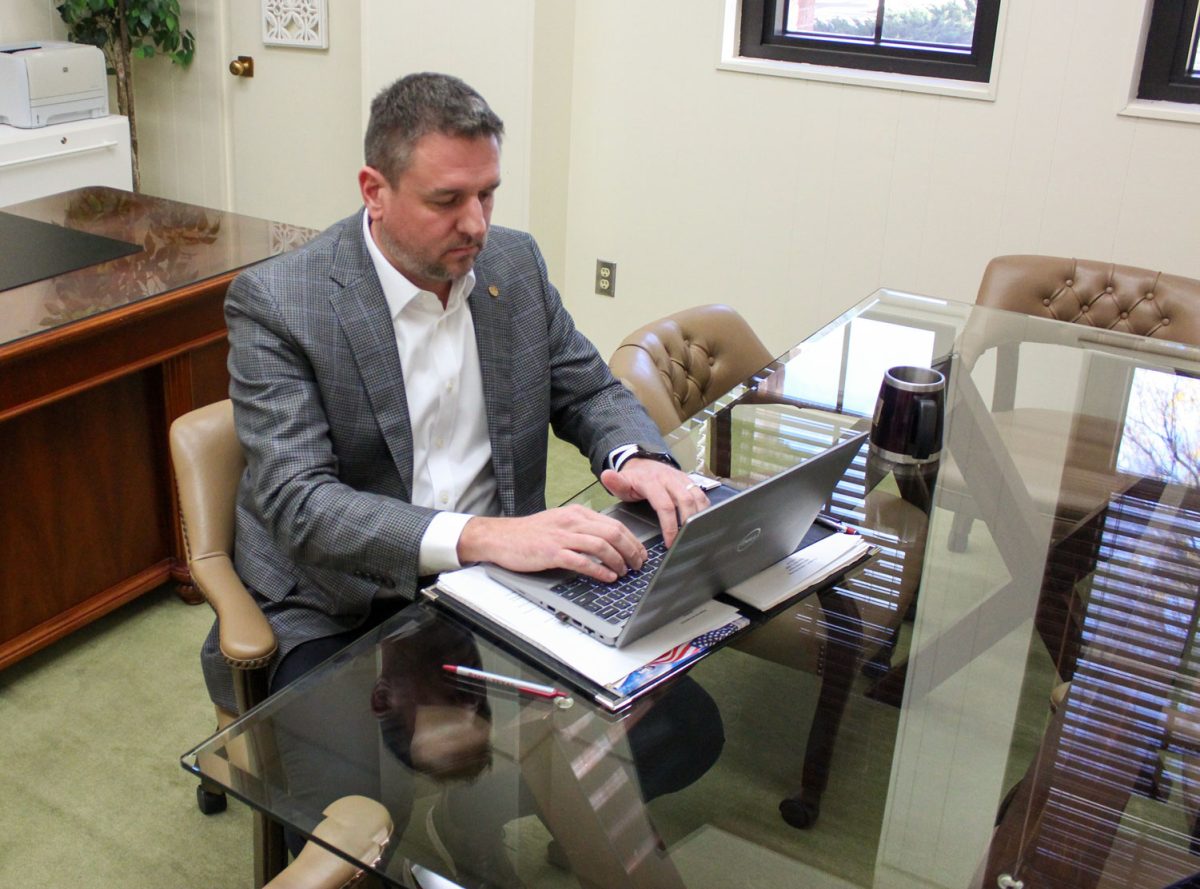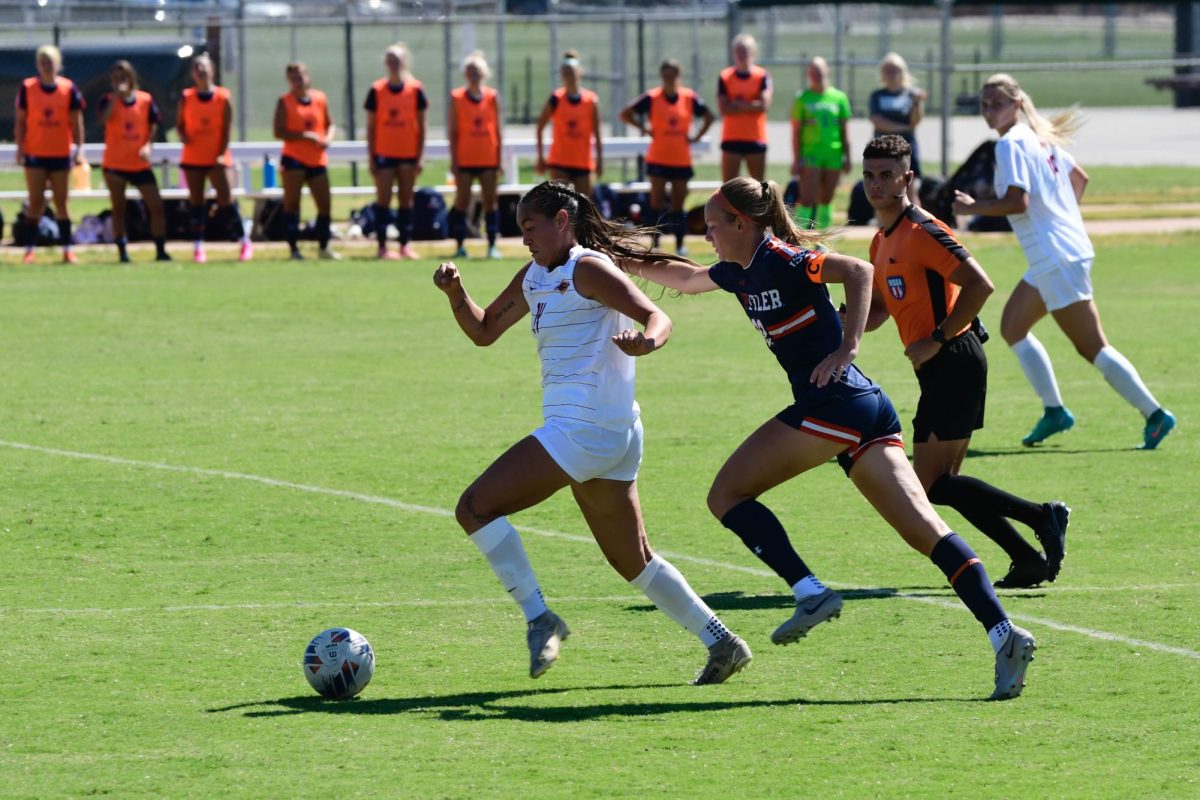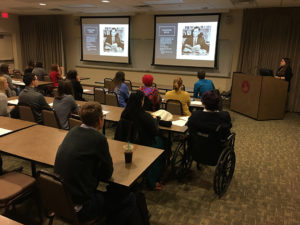
To give honors students an opportunity to present research in front of their peers and to give them practice for the regional honors conference, the Honors Program hosted the 12th Annual Honors Program Symposium on March 3 in Dillard Room 189.
Juliana Lehman-Felts, assistant director of the honors program, said, “Originally, the symposium began as a platform — it was before we had an undergraduate research program — and honors students wanted a way to present their research in front of their peers. The symposium was created 12 years ago — this is the 12th year it’s been running — as a way for them to do that.”
Around 40 students, faculty and the like gathered in Dillard Room 189 to hear 10 students from various majors on campus present for about 15 minutes on topics of their choice.
The student committee officers were responsible for most of the production of the symposium, which included introducing the speakers, generating the abstracts, creating the programs, inviting the faculty speakers and voting on the topic the faculty speakers discussed.
“Really it’s the student committee officers [in charge of hosting the event], but Cody and I are honors staff and so we do the logistics, like we reserve the room, order food and things like that,” Lehman-Felts said.
Margaret Greenhalgh, English senior, was one of the students to present during the symposium and educated those in attendance on how Shakespeare has helped advancements in editing.
“What I want to do as a career is more along the technical writing lines, and I was really, honestly just wracking my brain trying to come up with some way to actually connect to the topic. I really didn’t care about Shakespeare at all, I was [in study abroad] to be in London, but Dr. Godwin pushed to figure out some way to actually consider Shakespeare,” Greenhalgh said.
To Greenhalgh, she was surprised at how much work it takes to edit Shakespeare.
“It was fascinating to realize how much work goes into editing Shakespeare. I had never thought about choosing your audience before, which was really kind of interesting to connect to what I am going to do,” Greenhalgh said. “Because you really have to think about, especially with technical writing, who is going to be reading it to make sure they understand it.”
The honors program schedules the symposium before the regional honors conference to give students who are going to the conference and opportunity to practice in front of their peers.
“We also have a regional honors conference that we take students to. And so as part of the tradition of, we schedule the symposium every spring prior to going to the regional conference so that students that are accepted that have research that they’re taking on can practice here in front of our students in the audience,” Lehman-Felts said. “And then we can give them feedback on taking that conference to a more formal setting.”
Of the students who presented, Grace Tsichlis, English freshman, discussed the gender gap in the field of science, technology, engineering, mathematics and medicine.
“I wanted to know if there is evidence to support a gender gap in science and math, I guess all STEMM fields basically. A lot of my friends are pre-med, nursing or pharmacy majors so that just made me more interested to research that,” Tscichlis said.
According to Tsichlis, a lot of her research supported the gender gap in the field; however, said the women who have succeeded despite those adversities gives her a little optimism.
“The other research and the women that have succeeded makes me think that there are better things coming,” Tsichlis said.
Anthony Enem, computer science, presented on the technology behind online currencies, also referred to as “cryptocurrencies,” Blockchain.
“Originally, I was thinking about this project for a computer science seminar class. What inspired me to pick this topic was that, toward the end of last year, there was a bunch of news surrounding Bitcoin and its value skyrocketing. But then, between December of last year and a month or two ago, the value just dropped. It was almost at $19,000 for one Bitcoin and now it’s $10,000,” Enem said. “It was the first time I was hearing about Bitcoin and how it was evolving so I was interested in what exactly makes it work and how it works exactly so that’s why I picked it as my project.”
Enem said he has been researching this topic for around three months and said it has taught him a couple things about the technology.
“I learned a couple of things actually: the main technology behind it, which was Blockchain (which is the talk I presented on), I also learned exactly how it worked,” Enem said. “Some people just think it is a pyramid scheme that is not actually real, but then there are some people who know it’s real, but still use it for scams and stuff like that. So it was interesting to see how different people think different things about this one thing.”
After the students presented, there was an hour-long panel discussion about the topic of community involvement. The three faculty speakers on the panel were Robert Forrester, Dillard distinguished professor of finance, Jeremy Duff, associate professor of political science, and Catherine Prose, professor of the Juanita and Ralph Harvey School of Visual Arts.
In response to the topic of community involvement, Duff talked about Robert Putnam’s book “Bowling Alone” and how less people are involved in their communities than they were in the past.
“That is the idea of social capital: the degree to which people are involved in their community, not just in organizations, but with their new neighbors and things like that,” Duff said. “And he said that there was a significant decline since like the 1950s of people who participate, people who join organizations, but not in just that, but like voting and running for office.”
He then said that Putnam in his book blames television for this decline in social capital.
To get more involved in your community, Forrester said the best place to start getting involved in the community is with introspection.
“A great place to start is seeing your hobbies and doing your own assessment of yourself and see where you are, then it will kind of come to you the projects you are able to do,” Forrester said.
According to Prose, a good way to start community involvement is for people to change the community in the ways they want to see the community changed.
“The set of values that you grew up with are really important too. Look to your family and what things are true and important to you. And look around your community. The famous phrase [says], ‘Be the change you want to see.’ Look around and see what things need to change,” Prose said.







